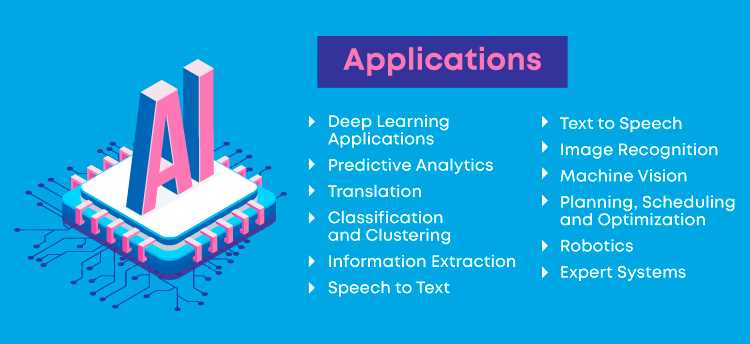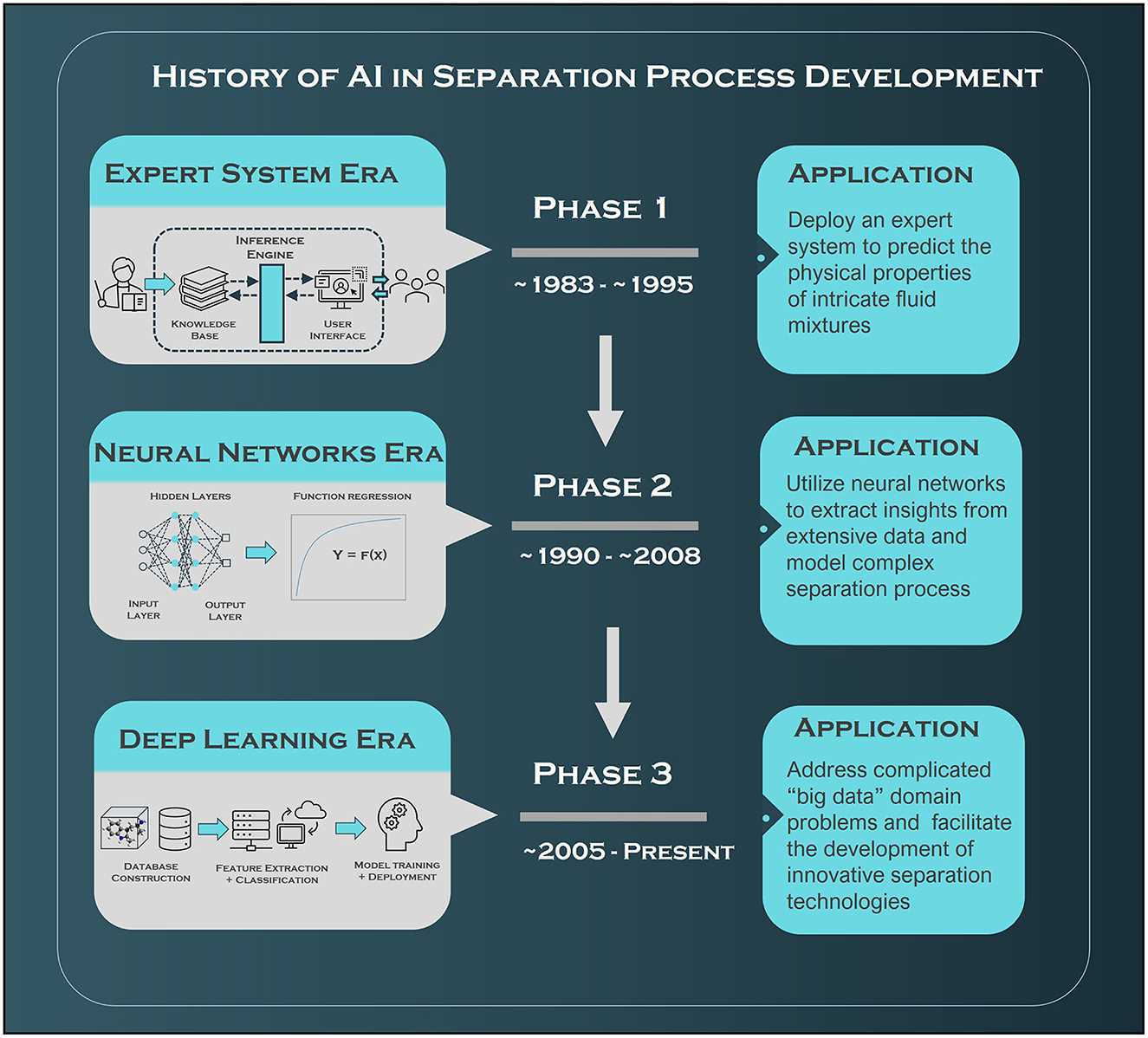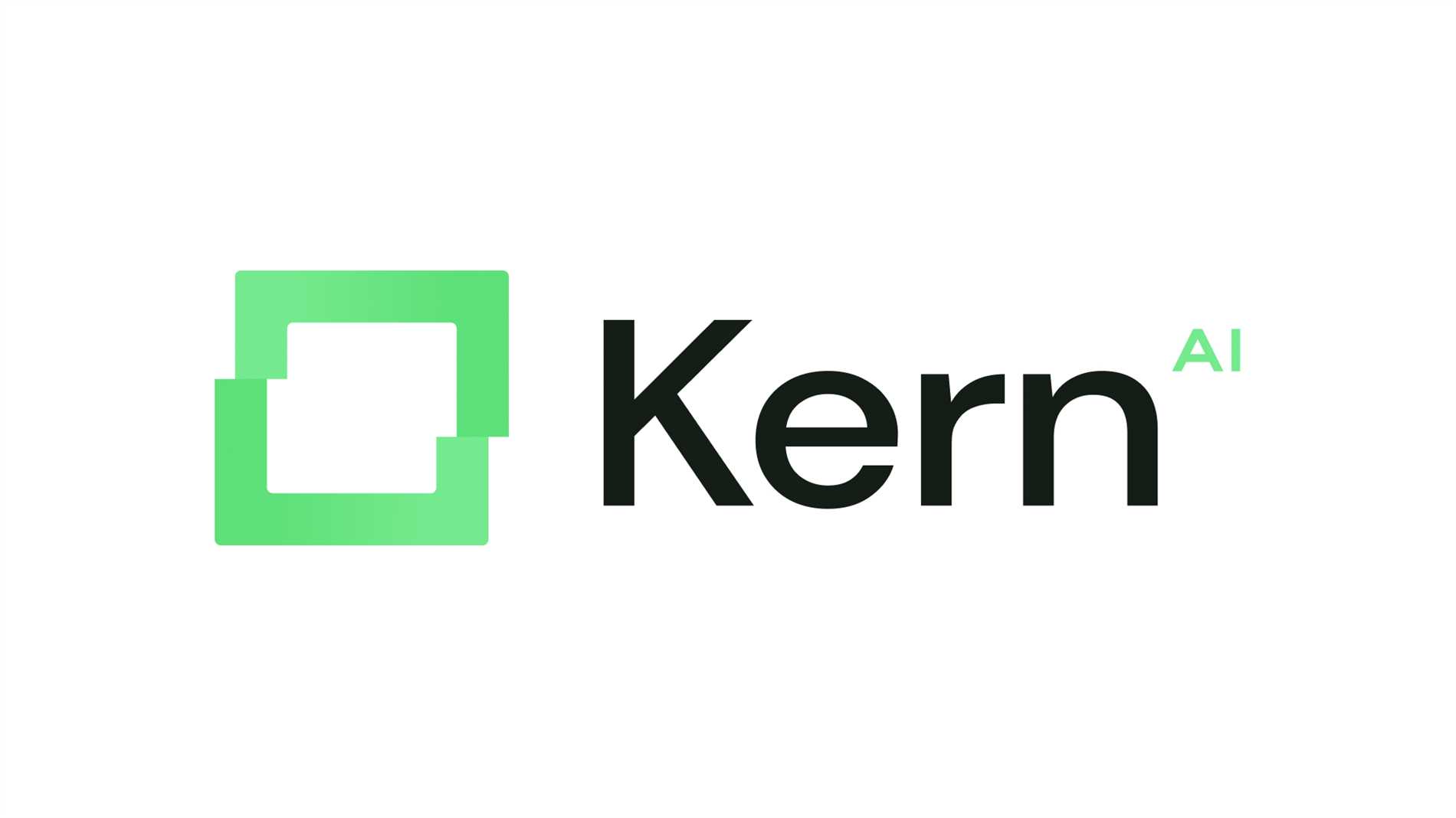
Artificial intelligence (AI) has become an integral part of our daily lives. From voice assistants to reservation systems to self-driving cars, AI-based technologies are rapidly evolving and creating ways to interact with the world. It is an innovative framework that is expected to revolutionize the way AI applications are developed and deployed.
Core AI is actually based on a core of accountable reinforcement grids. It combines the power of kernel-based learning and reinforcement to model the origins of artificial intelligence, explicitly checking as well as commenting on its conclusions. This level of interpretation is critical to building trust and awareness in AI systems, especially in critical areas such as healthcare, money, and automated driving.
Core AI is built on a foundation of commentary and fidelity, removing the limitations of the classic dark box AI model. The kernel methodology allows us to extract interpretable functions and cases from difficult data sets. This not only makes AI models more pervasive, but also allows people to observe and trust the process by which conclusions are drawn.
In addition to its own interpretation, Core AI also uses reinforcement learning, a type of machine learning in which searchers are trained to make inferences based on their interactions with the environment. This allows the AI model to adapt and improve its own performance on a daily basis, effectively balancing exploration and use.
Thanks to a combination of study and kernel-based research, Khan AI accesses new opportunities for a wide range of applications for artificial intelligence. From diagnostics in health care to detection and whirling self-driving cars, the core potential to improve decision making and enhance cooperation between people and AI is considered truly innovative.
Advances in the Artificial Origins of Intelligence
Artificial intelligence (AI) has taken great flight in recent years, with important successes in all kinds of AI areas. These benefits have revolutionized the branch and cleared the way for new innovative applications that improve our daily lives.
One of the most important areas of advancement in AI is considered machine learning. Machine learning methods are becoming more advanced and powerful, allowing machines to learn from large data sets and perform clear checks and conclusions. This has led to breakthroughs in areas such as medical diagnosis, fraud detection, and personalized advice in the electrical trade.
Another important breakthrough in AI is natural language processing (NLP), where NLP techniques are better at understanding and processing human language, allowing applications such as speech assistants and chatbots to communicate more effectively with their users. This has greatly improved the user experience and expanded application options for AI-based virtual assistants.
Computer vision is another context in which AI has made considerable progress. With the support of deep learning algorithms, computers can now recognize and analyze visual data such as images and videos with the highest accuracy. This has given rise to applications such as facial recognition systems, independent means of transportation, and research systems that can view and follow objects in real time.
In addition, the integration of AI and big data analytics has opened new roads to gain valuable insights from large and challenging data sets. ai technologies have the potential to explore large data sizes to identify patterns, trends, and correlations, which can help companies gain data-driven insights and achieve competitive advantage help achieve competitive advantage.
In general, these AI qualities have great potential to transform economic sectors and departments of all kinds. From healthcare and money to vehicles and leisure, AI is revolutionizing the way we live, work, and cope with technology. As scientists and designers continue to push the boundaries of artificial intelligence, we look forward to even more groundbreaking developments in the future.
Machine learning is a field of artificial intelligence that deals with the development of algorithms and statistical models that allow a computer to monitor or learn and create conclusions without explicit programming. The most important task of machine learning is to create a system that strives for perfection based on skill and without human intervention, creating a system that has every opportunity to learn mechanically.
Algorithms for machine learning can be divided into three main categories: learning with a teacher, learning unsupervised, and learning reinforcement. In learning with supervision, the method for labeled data sets learns where every baster in the input data is associated with a corresponding inventor label. The method is trained to create monitors with labeled data. When learning without supervision, the method receives the data set without labels and must independently find patterns or structures in the data. Reinforcement learning means that the agent learns to interact with the environment and learns from experiments in a trial-and-error fashion.
Supervisory learning

In teacher learning, this method investigates the comparison of input and output variables based on a labeled data set. This type of study is used where the desired results are popular and the goal is to generalize the comparison and allow control based on fresh, unseen data. Collaborative learning methods with a teacher include linear regression, logistic regression, inference trees, random forests, and support vector machines.
Non-Explosive Learning

Algorithms for unobserved learning are used because the goal is to discover hidden patterns or structures in the data without labels. Without defined labels or outputs, these methods explore the data and find relationships or clusters between data points. Unlabeled learning is used in all types of applications, including customer segmentation, anomaly detection, and recommendation systems. Unsupervised collaborative learning methods include clustering techniques such as K-Means clustering and hierarchical clustering, as well as dimensionality reduction techniques such as critical component analysis (PCA) and T-distributed Stochany neighbor embedding (T-SNE).
Learning Enhancements
Reinforcement of learning is a type of machine learning in which the agent learns to interact with the environment and perform actions that maximize the reward signal. The agent explores the environment and learns from the feedback it receives in the form of rewards and punishments. The goal of reinforcement learning is to find the optimal policy that maximizes cumulative rewards over time. Reinforcement learning has been used successfully in a variety of domains, including robotics, gaming, and autonomous driving.
In general, machine learning plays an important role in the development of applications for artificial intelligence. By allowing computers to learn from data and improve their performance over time, algorithms for machine learning can revolutionize industries and unlock new possibilities in various fields.
Leave a Comment